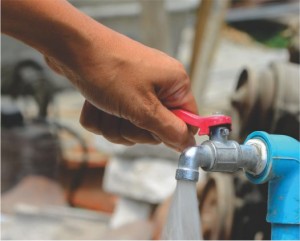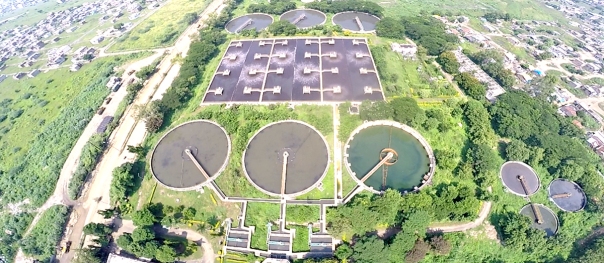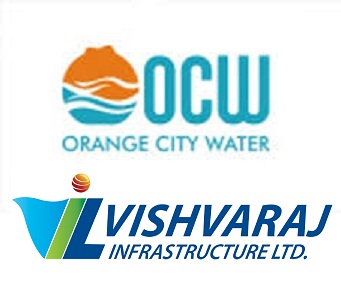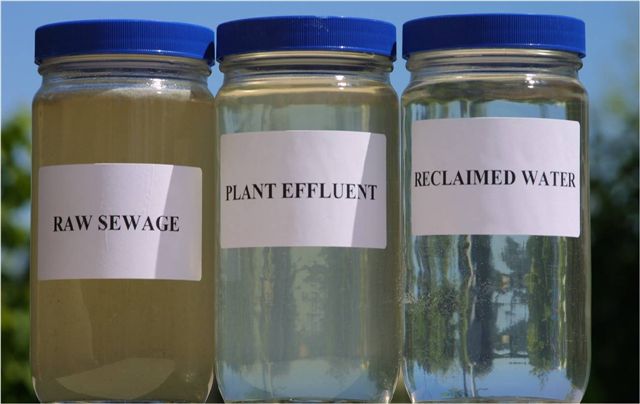Orange City Water (OCW) will invest 18 million euros in the project to renovate the city’s six water production plants and repair the 2,500 km of network. The production capacity of the system managed by OCW will eventually be close to 750 million liters a day and leakage from the network, which is currently 60%, will gradually be lowered to international standards. This will be a first in India.
Arun Lakhani says India has vast prerequisite of Infrastructure building and development. The PPP route was established in last decade also saw some lean time. With New government initiative the PPP has again come with better risk sharing medium between private and public. Vishvaraj Infrastructure Limited saw this opportunity and decided to have a model for 24×7 water supply. Orange City Water also popularly known as the Nagpur 24×7 Water supply along with Veoila France made this happen.
Vishvaraj Environment Pvt. Ltd. (VEL) is a subsidiary of Vishvaraj Infrastructure Ltd. (VIL), a transportation infrastructure development company from India. With a humble start over a decade ago with development of road project on BOT model, today VIL is successfully managing four concession contracts in transportation (road) sector and the fifth contract is under execution. Over this decade long journey, VIL has acquired knowledge to evolve systems in sectors where society at large is involved and all stakeholder’s interests need to be understood and addressed, ensuring a win-win situation for all, more so in a developing and culturally diverse country like India. VIL proposes to put to use this knowledge in few more sectors, water being a major focus area through its subsidiary Vishvaraj Environment. Vishvaraj Environment foresees a great opportunity for the private sector to participate in financing, building and maintaining urban water supply infrastructure projects and has geared itself to build the capacities for the future.
Veolia Water India is a wholly owned subsidiary of Veolia Water India Africa, which covers Africa, the Middle East and the Indian subcontinent. Veolia Water India Africa is 80.55% held by Veolia Water, with the remainder being held by the International Finance Corporation (IFC), the World Bank Group institution in charge of operations with the private sector, and by PROPARCO, a subsidiary of the French development aid agency with a similar role. Veolia Water India Africa provides 3.16 million people with water and 1.42 million with electricity. It employs 2,191 people and offers partners its technical and managerial expertise to supply specific solutions in regions affected by water stress. Veolia Water, the water division of Veolia Environnement, is the world leader in water and wastewater services. Specialized in outsourcing services for municipal authorities, as well as industrial and service companies, it is also one of the world’s major designers of technological solutions and constructor of facilities needed in water and wastewater services. With 96,651 employees in 69 countries, Veolia Water provides water service to 103 million people and wastewater service to 73 million. Its 2011 revenue amounted to € 12.617 billion.



 Nagpur’s smart water management is an example for other cities across India. The first city to take the lead is Nagpur, Maharashtra. Now included in the smart cities list, it has inhabitants of over 2.5 million people and is the first city of its size in the nation to outsource water supply to a private operator under the
Nagpur’s smart water management is an example for other cities across India. The first city to take the lead is Nagpur, Maharashtra. Now included in the smart cities list, it has inhabitants of over 2.5 million people and is the first city of its size in the nation to outsource water supply to a private operator under the 